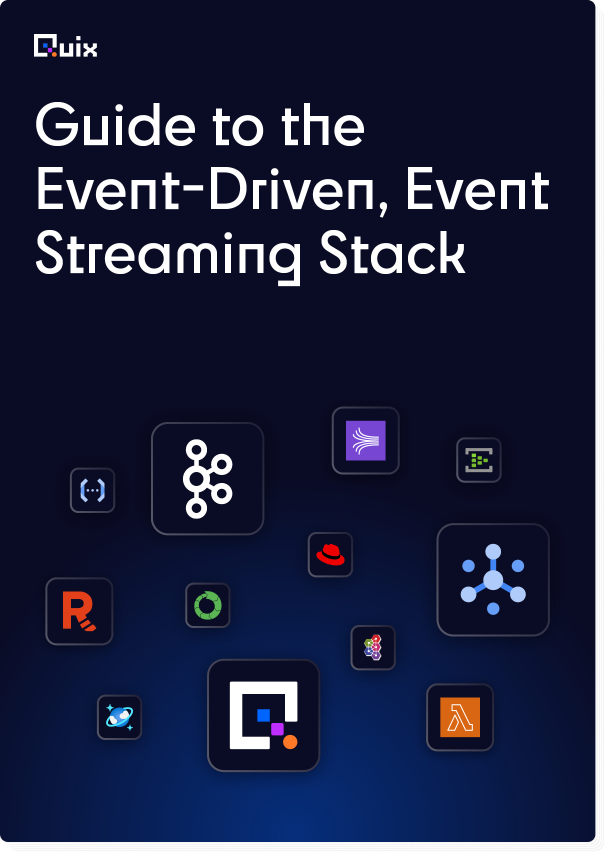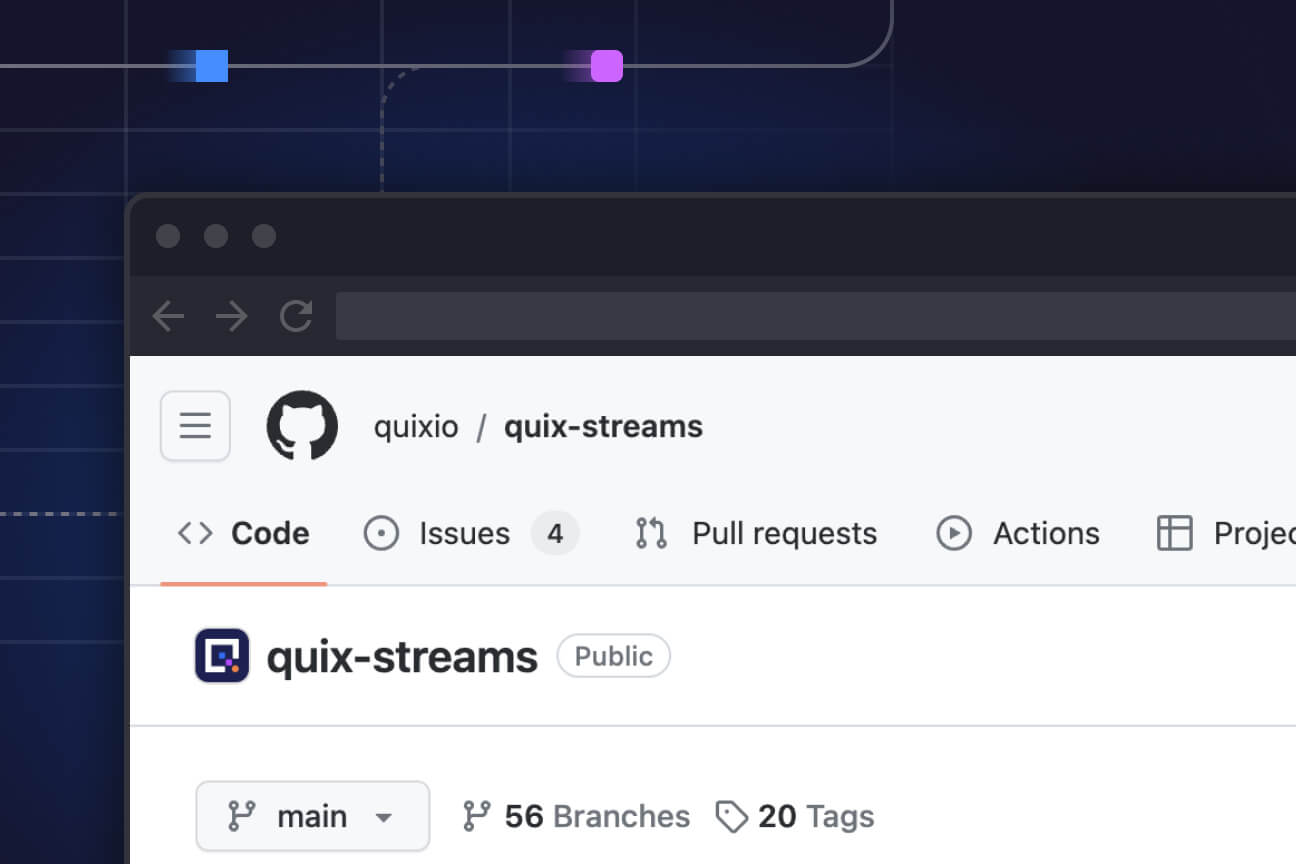The Stream — October 2022 edition
The October 2022 edition of The Stream: covering this month in stream processing on the internet.


Why IoT projects fail — and what you can do differently to succeed
Research shows nearly 60% of all IoT projects fail. There are clear commonalities between the projects which don't make production. We outline the 5 core reasons why.

Evolution of Streaming Pipelines at Lyft
The journey of evolving Lyft's streaming platform to better scale and support new use cases.

Get more from IIoT with streaming data integrations
How stream processing can help integrate multiple streams of data and use that data to coordinate action across various devices.

Apache Kafka: Past, Present, Future
Jun Rao's keynote address from Confluent's flagship event "Current".
More insights
- "Sh*t in, sh*t out" and why feature engineering is the ultimate differentiator for VCs. Read more
- The latest release of Flink is out in the wild. Read the release notes.
- Grab share their experience designing a distributed data platform. Read more
- Understanding Batch vs Streaming Data Processing As Enterprises go Real Time. Read more
What’s a Rich Text element?
The rich text element allows you to create and format headings, paragraphs, blockquotes, images, and video all in one place instead of having to add and format them individually. Just double-click and easily create content.
Static and dynamic content editing
A rich text element can be used with static or dynamic content. For static content, just drop it into any page and begin editing. For dynamic content, add a rich text field to any collection and then connect a rich text element to that field in the settings panel. Voila!
How to customize formatting for each rich text
Headings, paragraphs, blockquotes, figures, images, and figure captions can all be styled after a class is added to the rich text element using the "When inside of" nested selector system.

Check out the repo
Our Python client library is open source, and brings DataFrames and the Python ecosystem to stream processing.

Interested in Quix Cloud?
Take a look around and explore the features of our platform.

Interested in Quix Cloud?
Take a look around and explore the features of our platform.






